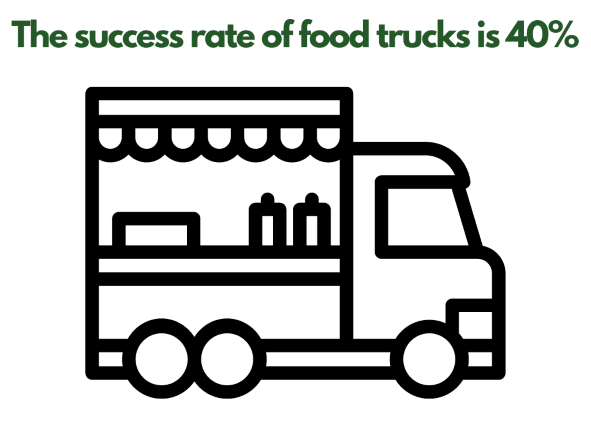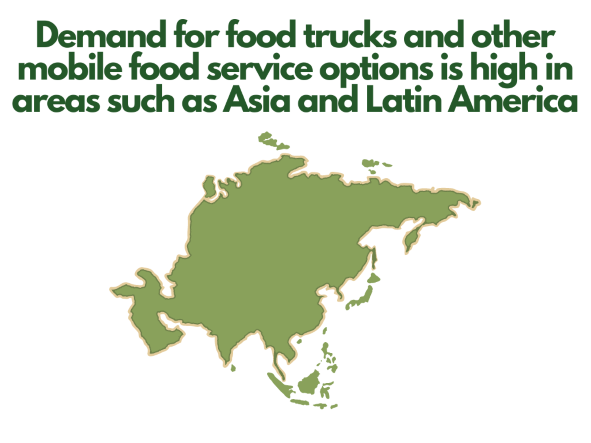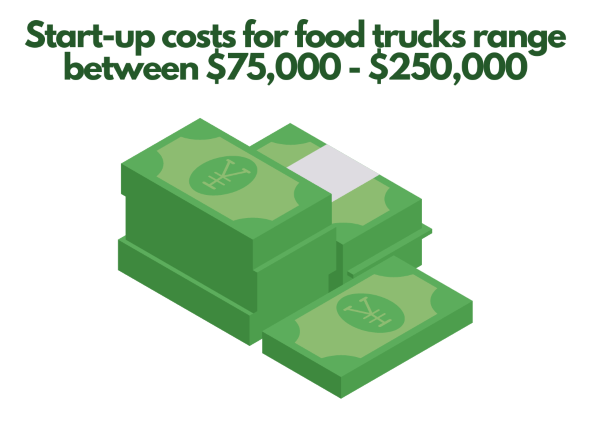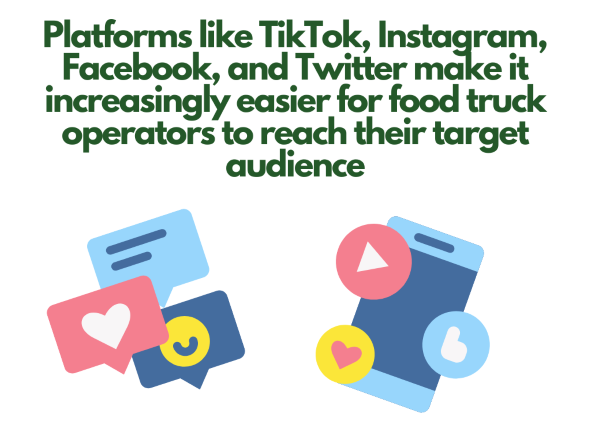How To Start A Food Truck Business
Food trucks are a great business in the United States. They’re highly popular, being featured as classic business ventures in numerous films and television shows. They have a reputation for being run by hard-working, successful business people who have a talent for cooking. That is why so many people want to learn how to start a food truck business. So in this article, we look at how you can start a business and what are the best practices.
Why Start a Food Truck Business

The first thing is to cover the reasons why you might want to start a food truck business. For one, they are a very cost-effective and successful business model. Here are some of the advantages:
| Reason | Notes |
|---|---|
| You’re in control | You’re the boss, you decide on your hours, holidays, pay, and more. Therefore, there is more flexibility and reward than if you were an employee. |
| You control the location | A food truck allows you to move to where customers are. Therefore, you can move your truck to events, and prime locations in the summer/winter months and be sure to always have good footfall. |
| Lower Overheads | Food trucks have lower overheads than restaurants, especially as you don’t have to maintain a building or much furniture. |
| Easily Expandable | You can expand your business easily, just buy another food truck and hire some employees. |
How to Start a Food Truck Business

Here are the simple steps on how to start a food truck business. Follow these to ensure your business gets off on the right foot.
Step 1 - Plan your Food
The first thing that you want to do is to plan the food you’re going to offer. You don’t need to decide on a menu at this moment, but you do need to decide on the type of food you’re going to offer. Research has shown that comfort food is the consumer’s choice from a truck. Some suggestions include:
- Burgers
- Hot-dogs
- Pizza
- Mac and Cheese
However, these potential menu items are the only options and there are plenty of interesting food trucks offering dishes that are new, trendy, or traditional.
Step 2 - Create a Brand
The next step is to plan your brand. You need to start with a business name. There are numerous ways to come up with a brand name but it should be unique, memorable, and respectful. Remember to ensure that your business name is not taken by other brands.
You can protect your business name by registering it as an LLC. This can also help you gain funding at a better rate and improve your chances of getting relevant licenses.
You can use the business name generator to help you create a business name.
Step 3 - Plan your Costs and Food Truck

Now you need to plan your costs and the food truck. There is a lot to do in the first few weeks for your food trucks. You need to find the right truck for your business. You might need to buy an old truck or one off a lot and get it customized for your business. This might include getting the branding on the truck done.
You will also need to plan your regular costs. You might want to include employee costs as well as food, technology to operate your truck, insurance, fees to register your business, fees for licenses, marketing, and more.
The truck costs will be the highest. You’re looking to have to pay out about $20,000 to $30,000 for the food truck. But other costs can be much lower. It is also wise to keep a small budget for maintenance. Equipment and the food truck are likely to break at times.
Step 4 – Get Approval
Now you need to go to the Board of Health and speak to them about getting the right license and certification. You will likely face an inspection and have to follow local laws regarding food health.
At the very least, you need to verify the following:
- Proof of ownership, identification, and license of the vehicle.
- Proof of district-issued food manager identification card.
- Food is stored in the right conditions.
- Records of food purchases.
- Health and fire codes are met.
Ensure that you get all the permits and licenses that you need. There might be specific licenses that are required for districts, cities, or states. And there might be limitations on how many food trucks are allowed to be licensed at any time.
You might want to also get mobile food vendor badges for your business in this step.
Step 5 – Find a Parking Spot
Now you need to find where you’re going to have your food truck. This can be one of the hardest parts. You need to find a spot where you can get lots of foot traffic and be found by fans easily. Finding a regular parking spot is really important because you want to make sure that you can attract regulars.
Regular customers are the lifeblood of your brand. They are more cost-effective to serve and can help you bring new customers to your food trucks. Ensuring that you have a regular spot can be a vital part of ensuring you have loyal customers, as most people use food trucks that are near their normal travel paths.
Step 6 – Marketing

Now you need to market your brand. You might want to build a website to start your marketing. You can take payments and orders online as well. In addition, you will be able to keep your regulars up-to-date for when you have to move your truck for any reason.
And you can also use a website and marketing to advertise your services for special events. You can make a significant amount of money from offering catering at weddings, trade shows, birthdays, and other events.
Final Word: How to Start a Food Truck Business
Above are the steps on how to start a food truck business. This guide can help you get your new business venture off in the right direction and be making your business a success.







